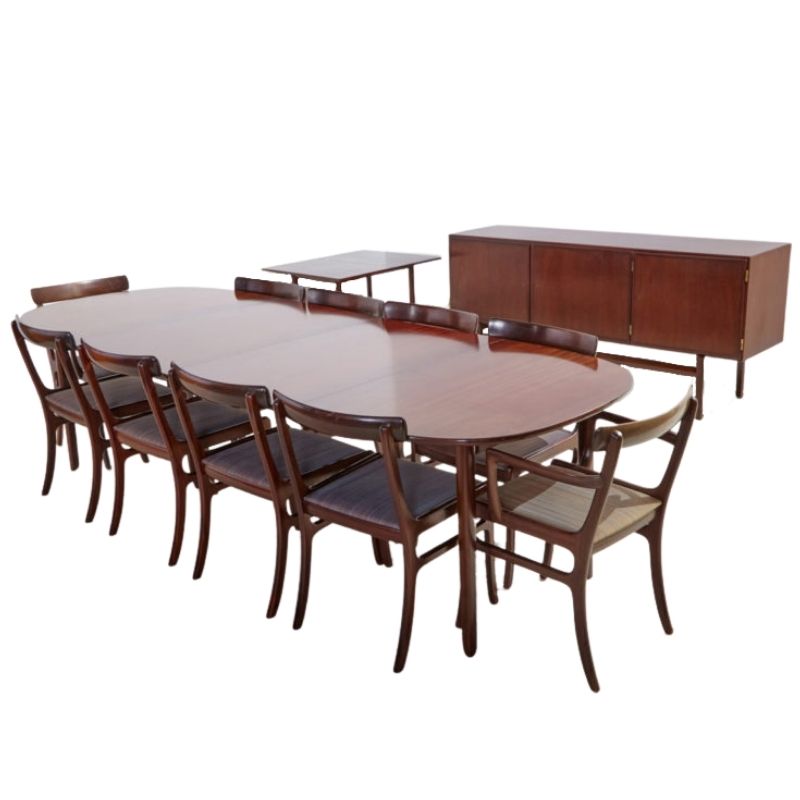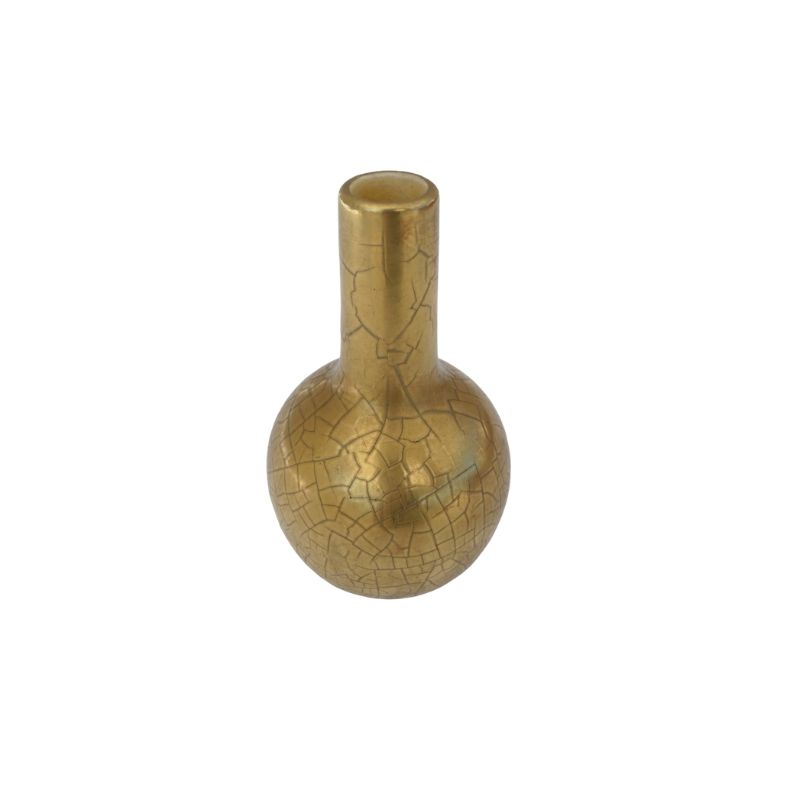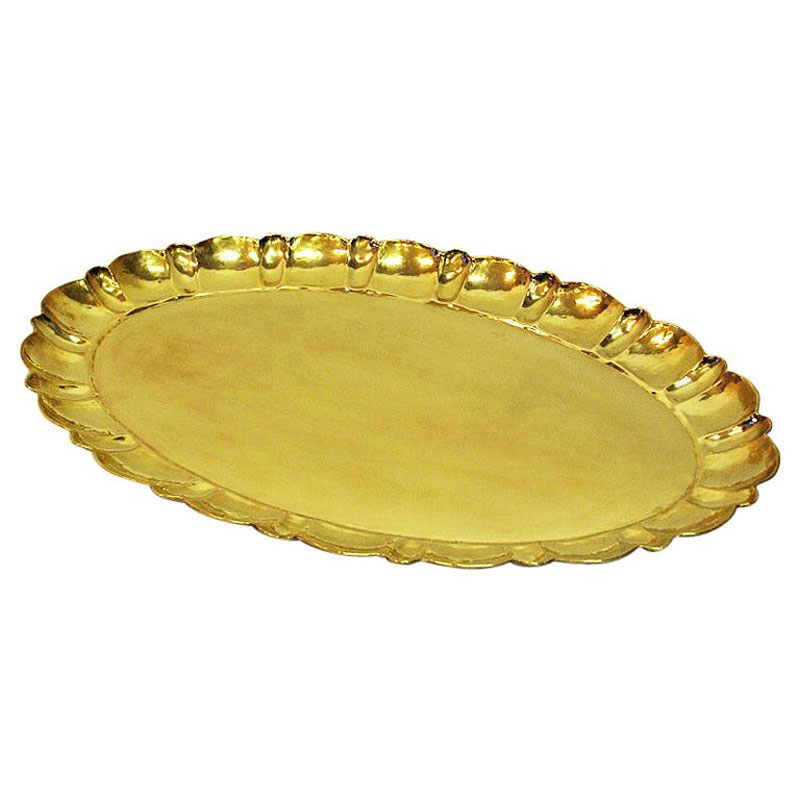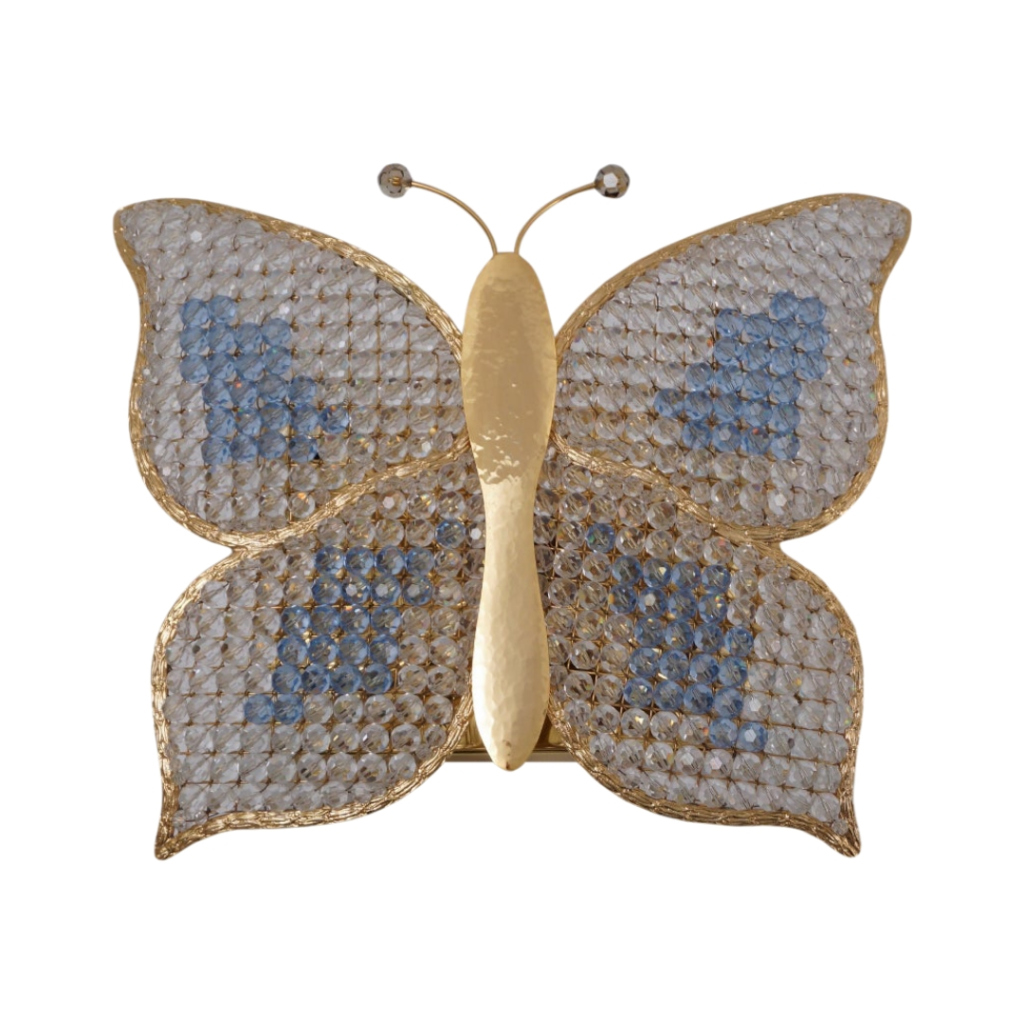Concepts on design & economy
I think I had written bad the explanation of the concept again.
I mean "Sharing general concepts on design & economy", I think this fits better.
Here an article from over there, not the best, but as a beginning.
http://www.fastcompany.com/magazine/93/design.html
This is of course the subject....
for more than one book....The observation that there is something called added value is not a matter of opinion, it is a simple fact. The percieved value of a product or of any artefact is different from the cost to produce that same object. In a good Van Gogh painting there is for about 75 U.S.dollars material and even at a very generous per diem (according to his letters he rarely worked more than two full day on one painting)these costs are very far from the commercial value of the result. Only paperclips, nails and similar generic products have no added value, although there are sometimes attempts to color them (design) in order to give them some added value. Personally I dislike the word "added" because it is in no way "added" What we call added value is the result of a substraction : percieved value-costs.
I do not know if Thomas Maldonado wanted to stay close to the Hermann Muthesius line and expected everything to become generic at some point (the Werkbund discussion in Koln with Henry Van De Velde) but there is no doubt that somewhere in the back of his mind the concept that products should be as available as possible for everybody was an important choice. To think that greater availability could be reached by cost+profit might have been a reflection of that times understanding of the nature of products....although, you only have to read the first 15 pages of Charlie Marx's "Das Kapital"...and that is still more than half a century earlier than Maldonado...There is a lot of literature about the very nature of products and which ones carry more "added value" potential than others. Circumstances also change the percieved value. The same elastic band has a different value when it is used to hold a number of documents together or when it allows us to stop the bleeding of an artery....hence the high cost of medical products.
cont.
The subject of the article is a slightly different story. Roger Martin's ideas on design and his hope that more business leaders would become or act as designers is a very important one. But that question is quite different from the previous one. Like a number of his collegues before him (Gilles Pacquette, former dean of the faculty of business and public administration of the University of Ottawa, to mention one)and like a number of design educators (Dr. Wim Gilles, founder of the school of industrial design at Carleton university and Dr.Jacques Giard of the School of industrial design at Arizona State University) Roger Martin has identified a number of similarities between the capabilities of business leaders and designers. Paquette,Gilles and Giard have called this "Delta knowledge". It is the capacity to generate complete ideas or concepts that in spite of not having solved all the inherent problems in detail, include solutions for all these problems. A plausible analogy is the difference between trying to put a human being together from the known chemical components and a lot of water
or starting with an embryo. The specific ability of a talented entrepreneur and a good designer is to be able to generate that embryo. It still has to be developed, but it contains all elements of that development, whereas the mixture of the necessary chemicals plus water is just a mess....and/or sometimes called burocracy....
In design we have, for quite some time recognized the value of that "bright idea"...sometimes to the point where we forgot that it is just an embryo and that it requires a lot of development before it can stand on it's own.
If you need any help, please contact us at – info@designaddict.com









